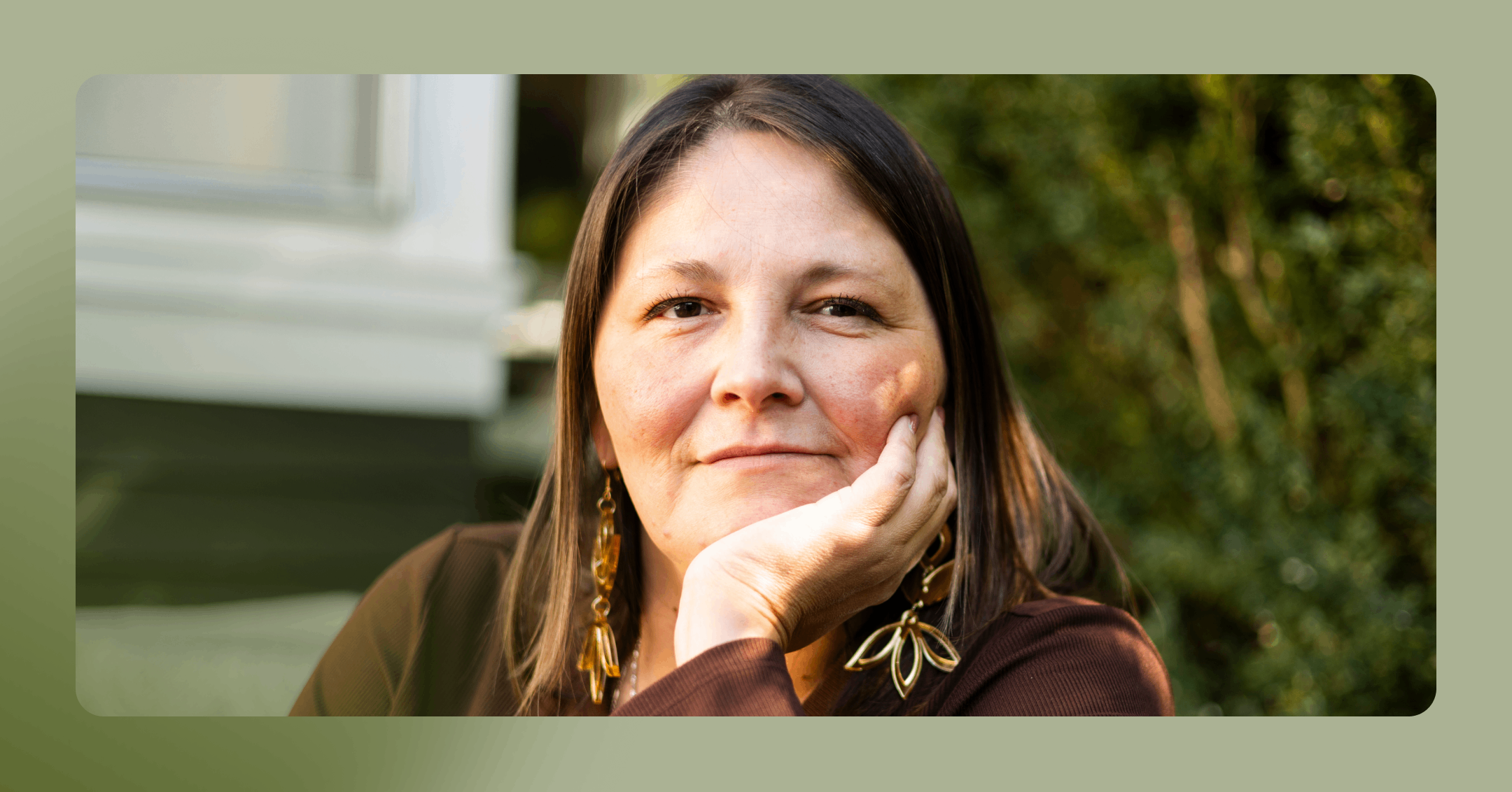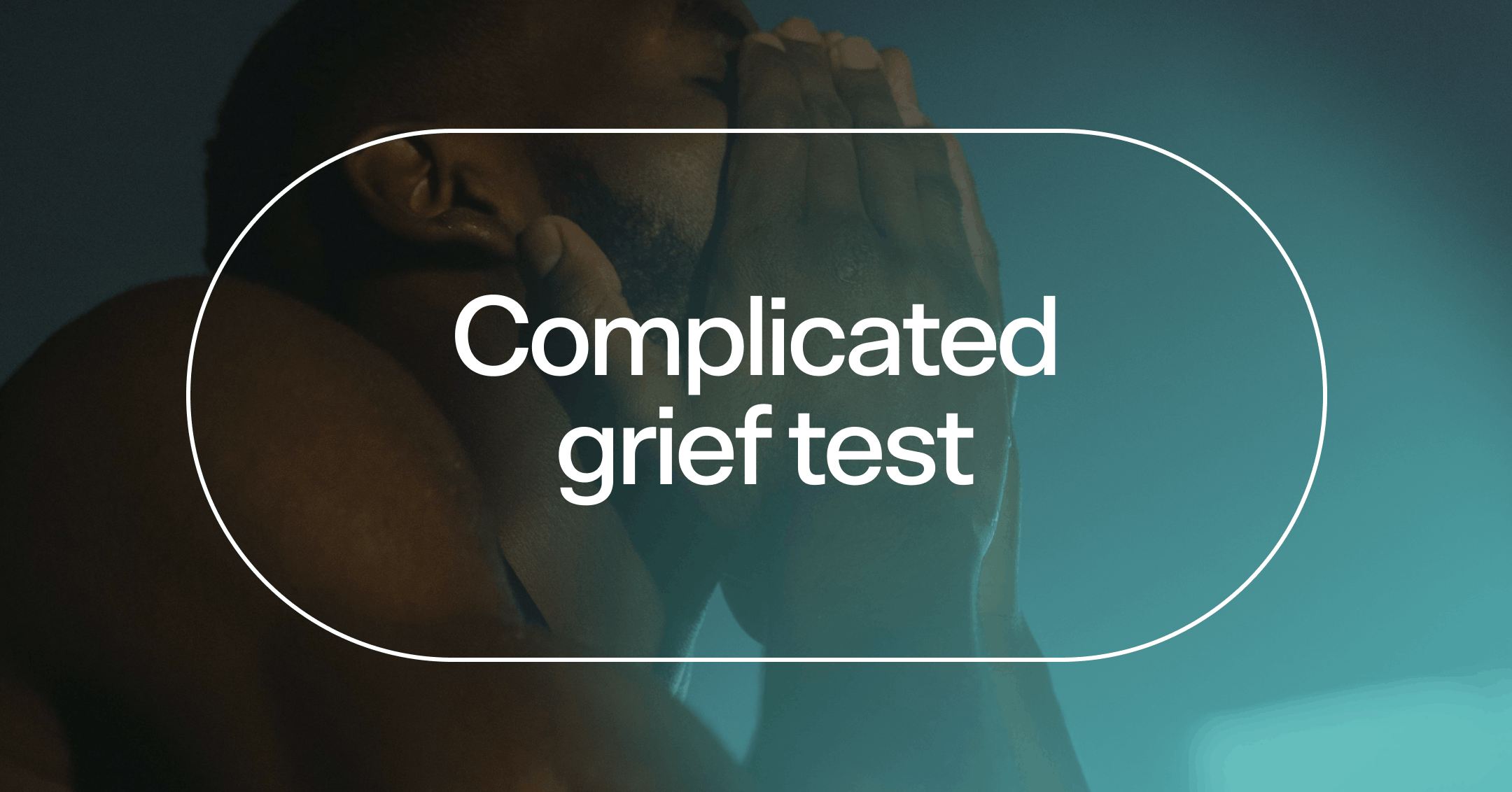Aromantic people don’t experience romantic attraction. Being aromantic is a valid, healthy identity and a part of the “A” in the LGBTQIA+ spectrum.
Connection doesn’t have to be romantic. Aromantic people can be attracted to someone platonically, sensually, sexually, and more.
If you’re exploring your identity, know that questioning is OK. You can also seek help from a therapist who specializes in supporting the LGBTQIA+ community, if needed.
The term “aromantic” (or aro, for short) is used to describe people who don’t experience romantic attraction. However, people who identify as aromantic can experience other forms of attraction and intimacy. They can build healthy relationships and meaningful connections.
Like all identities, aromanticism exists on a spectrum. There’s no one way to be aromantic. If you’re wondering if you’re aromantic, talking to a therapist who understands LGBTQIA+ experiences can help. They can support you in exploring the types of relationships that feel best to you.
Signs of aromanticism
When you think about the relationships in your life, they may fall into different categories, like romantic, platonic, familiar, and professional. Romantic relationships are one category that aromantic people aren’t inclined toward.
This can show up in real life in a number of ways:
When you see portrayals of romantic love in books or movies, you have trouble understanding the appeal.
You don’t desire to be in a romantic relationship.
You can experience love or sexual attraction, but you don’t develop romantic feelings.
You can’t wrap your brain around the way people behave when they “fall in love.”
You can enjoy relationships but don’t feel the need for romantic gestures like hand holding, kissing, or sleeping in the same bed.
The care you need, when you need it
Learn how Rula can support your mental health journey
Exploring the aromantic spectrum
Aromanticism is part of the “A” in the LGBTQIA+ spectrum. But it isn’t a singular identity. Some related terms to know include:
Asexuality
Both asexuality and aromanticism are sometimes referred to as “ace.” But there are some important differences between these identities.
Aromantic people aren’t interested in romantic relationships. But they can experience sexual attraction and enjoy sexual experiences. People who identify as asexual can develop romantic feelings and interests. But they don’t experience sexual attraction.
Grayromantic
Grayromanticism is a part of the aromantic spectrum. People who identify as grayromantic can experience occasional romantic attraction. But it’s typically very infrequent.
The term grayromantic is also used by people who are questioning or exploring their romantic identity.
Nonamourous
People who identify as nonamorous don’t have a desire for intimate, long-term partnerships (neither romantic nor platonic). Some nonamorous people may also be aromantic. But this isn’t always the case.
What being aromantic means for your relationships
Human beings are deeply social creatures who are hardwired for connection. But that doesn’t mean we all crave the same types of connection. Many forms of connection and ways of relating to others don’t involve romance.
Aromantic people are capable of love, friendship, family bonds, and sexual attraction. They can experience closeness, intimacy, sensual desire, and affection. And yes, it’s possible for aromantic people to be in romantic relationships. What matters most is creating a dynamic where everyone feels fulfilled.
According to a 2020 survey of more than 10,000 people, most aromantic people identified as romantically single. But 14% of them were in relationships.
5 things you should know about being aromantic
Whether you’re exploring your identity or looking for ways to support an aromantic person in your life, here are some things to know.
It’s not a choice. Like all orientations and identities, aromanticism isn’t a choice. People don’t intentionally choose the relationship structure they’re drawn to. Being aromantic doesn’t mean something is “wrong” with you.
Aromantic people experience attraction. Aromantic people don’t experience romantic attraction. But they can be attracted to someone sexually, platonically, sensually, aesthetically, or otherwise.
Aromantic people are capable of authentic connection. There are many ways to experience attraction, closeness, and intimacy beyond being romantic. People who identify as aromantic can have healthy, fulfilling short- and long-term connections of many kinds.
Questioning is common. Society sends strong messages about the importance of romantic relationships. So if you don’t have romantic feelings, it makes sense that you’d question your identity. Just know that all romantic orientations are valid. Try to have patience with yourself as you explore yours.
It’s OK to seek support. Whether you’re wrestling with the decision to come out or struggling with your identity, you’re not alone. Therapists who specialize in LGBTQIA+ mental health can provide a safe space to examine which relationship styles feel most fulfilling to you. They can also help you challenge shame or stigma, practice communicating about your identity, and support you on your journey to embrace all aspects of yourself.
A lot of people wrongly believe that being aromantic means you can’t love or form deep relationships — but that’s just not true. Aromantic people can experience strong emotional connections, care deeply about others, and have meaningful, fulfilling lives.

Brandy Chalmers, LPC
Clinical reviewer
Find care with Rula
People who identify as aromantic experience little to no romantic attraction. But they can still create healthy, fulfilling relationships. Increasing awareness of aromanticism can help us create a more affirming, inclusive world for diverse identities of all kinds. If you’re wondering if you’re aromantic, a therapist can help you explore your identity and build relationships that make sense to you.
At Rula, we’re committed to delivering a comprehensive behavioral health experience that helps people feel seen and understood so they can get back to feeling their best.
Rula makes it easier to find a licensed therapist or psychiatric provider who accepts your insurance so you don’t have to choose between affordable care and excellent care. With a diverse network of more than 15,000 providers, 24/7 crisis support, and appointments available as soon as tomorrow, we're here to help you make progress — wherever you are on your mental health journey.
Rula's editorial process
Rula's editorial team is on a mission to make science-backed mental health insights accessible and practical for every person seeking to better understand or improve mental wellness.
Members of Rula’s clinical leadership team and other expert providers contribute to all published content, offering guidance on themes and insights based on their firsthand experience in the field. Every piece of content is thoroughly reviewed by a clinician before publishing.




